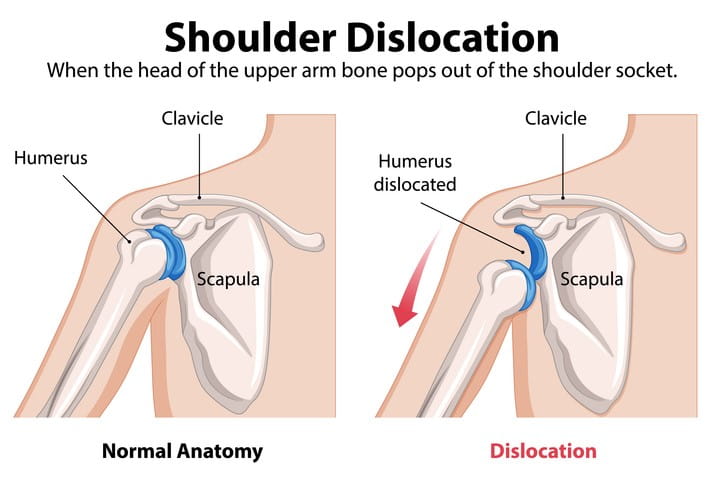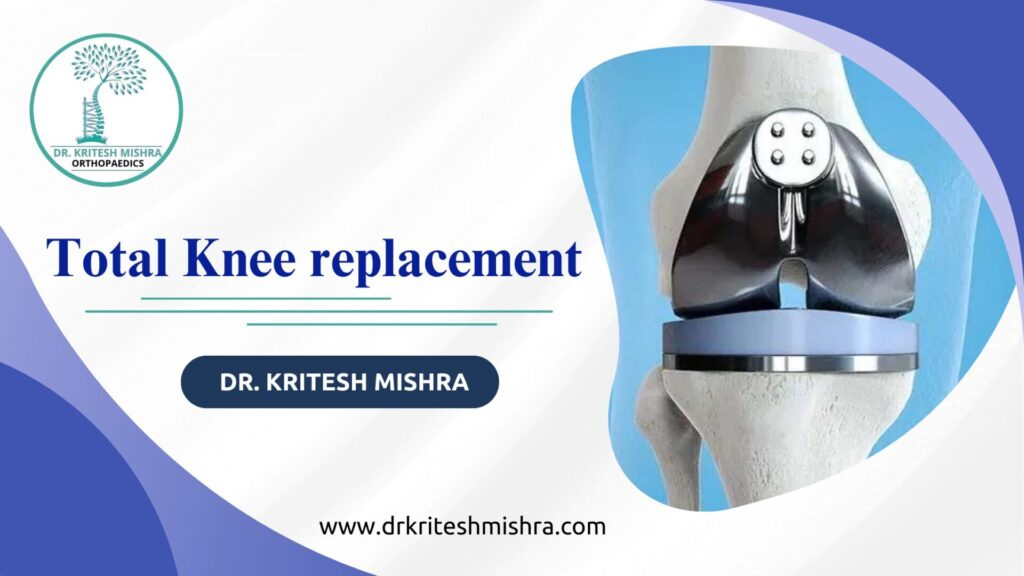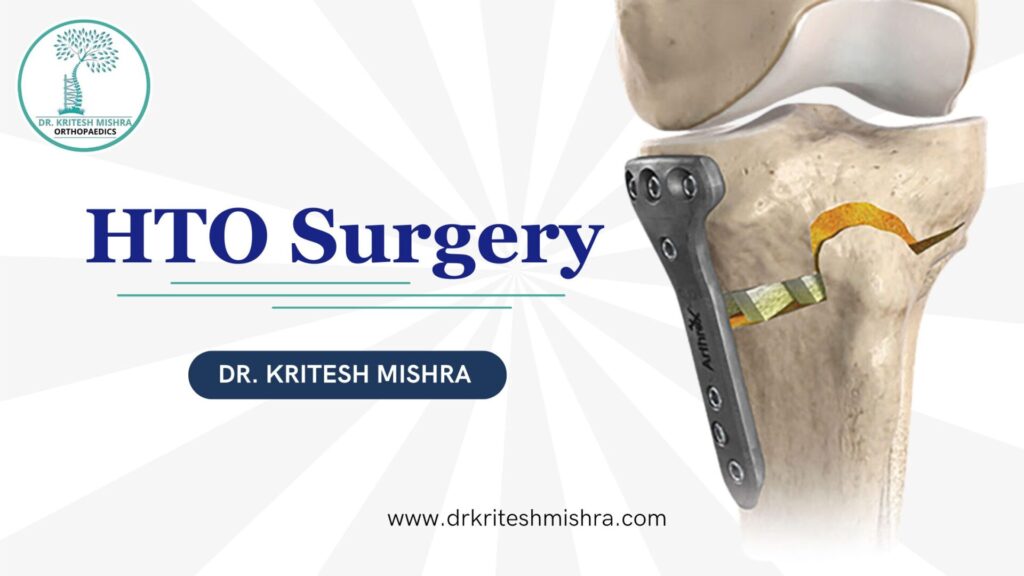Bone Dislocation is a painful and serious injury that occurs when the bones in a joint are forced out of their normal positions. It can happen due to accidents, falls, or sports injuries. If not treated properly, a dislocated joint can cause long-term damage. In this blog, we will discuss how to treat Bone Dislocation with first aid and medical care.
Dr. Kritesh Mishra Joint Replacement & Sports Injury Specialist
Understanding Bone Dislocation
A Bone Dislocation can affect various joints in the body, including the shoulder, knee, elbow, and fingers. When a joint is dislocated, it can cause intense pain, swelling, and difficulty moving the affected area. In severe cases, it may also lead to nerve or blood vessel damage.

Signs and Symptoms
Severe pain in the affected joint
Swelling and bruising
Deformity or an unusual shape of the joint
Difficulty or inability to move the joint
Numbness or tingling around the joint
Recognizing these symptoms early can help prevent complications and ensure timely medical care.
First Aid for Bone Dislocation
If you or someone around you suffers from a Bone Dislocation, follow these first aid steps:
Do Not Move the Joint – Keep the joint in its current position and avoid any movement.
Apply Ice – Place an ice pack wrapped in a cloth on the affected area for 15-20 minutes to reduce swelling.
Immobilize the Joint – Use a splint, sling, or bandage to keep the joint stable and prevent further injury.
Elevate the Affected Limb – If possible, raise the injured area to help reduce swelling.
Do Not Attempt to Realign the Joint – Trying to move the dislocated bone back in place without medical supervision can worsen the injury.
Seek Immediate Medical Attention – Visit a doctor as soon as possible to get professional treatment.
Medical Treatment for Bone Dislocation
Once you reach a medical facility, the doctor will assess the severity of the Bone Dislocation and provide the following treatments:
Manual Reduction – The doctor will gently move the bone back into its proper position.
Immobilization – A splint or cast may be used to keep the joint stable while it heals.
Pain Management – Painkillers or anti-inflammatory medications may be prescribed to reduce pain and swelling.
Physical Therapy – After healing, physical therapy may be recommended to restore strength and flexibility in the joint.
Surgery – In severe cases, surgery may be needed to repair torn ligaments or damaged bones.
Recovery and Prevention
Recovering from a Bone Dislocation depends on the severity of the injury and the affected joint. Most people recover within a few weeks with proper care. Here are some tips for faster recovery and prevention:
Follow your doctor’s advice and complete any prescribed physical therapy.
Avoid putting pressure on the injured joint during recovery.
Wear protective gear when playing sports or engaging in physical activities.
Exercise regularly to strengthen muscles and support joint stability.
Be cautious while walking on slippery or uneven surfaces to prevent falls.
Conclusion
It is a serious injury that requires immediate attention and proper care. Providing the right first aid and seeking medical treatment can help in quick recovery and prevent long-term complications. If you suspect a Bone Dislocation, do not attempt to realign the joint yourself. Instead, follow first aid steps and visit a specialist like Dr. Kritesh Mishra Joint Replacement & Sports Injury Specialist for expert care.
Frequently Asked Questions
What is Bone Dislocation?
It occurs when the bones in a joint are forced out of their normal position due to injury or trauma.
What are the common symptoms of Bone Dislocation?
Symptoms include severe pain, swelling, joint deformity, limited movement, and numbness around the affected area.
How can I provide first aid for Bone Dislocation?
Immobilize the joint, apply ice, avoid moving the joint, and seek immediate medical attention without trying to realign it yourself.
How long does it take to recover from a Bone Dislocation?
Recovery time varies depending on the severity, but most people heal within a few weeks to a few months with proper treatment.
When should I see a doctor for Bone Dislocation?
Seek medical help immediately if you experience severe pain, swelling, deformity, or inability to move the joint.



